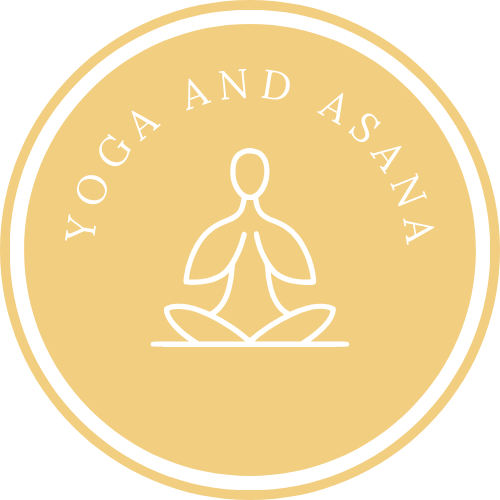Exploring the Healing Power of Yoga in Addressing Traumatic Experiences
Unveiling the Therapeutic Essence of Yoga for Trauma
Perched on a yoga mat, legs crossed, one might not immediately connect this serene image with the upheaval of trauma. Traumatic experiences, whether monumental or seemingly minor, can cast long shadows over our lives, influencing our ability to function and find peace. Paula Brown, a certified yoga therapist (C-IAYT, E-RYT 500), sheds light on the concept of trauma-informed yoga and its restorative impact.

Understanding Trauma-Informed Yoga
Trauma can be elusive and multifaceted, often leading to physical tension and mental turmoil. Brown emphasizes that trauma isn’t necessarily linked to only significant life events; it can emerge subtly, eroding wellbeing without clear indication. Trauma-informed yoga aims not to revisit painful memories, but to heighten bodily awareness, enabling individuals to release emotional stress and physical strain.
Brown notes, “During trauma, brain connections may become disrupted, hindering verbal expression of the experience. This necessitates reestablishing neural pathways before one can verbally process their trauma.”
Distinguishing Trauma-Sensitive Yoga from Traditional Practices
Trauma-sensitive yoga, as Brown explains, is tailored to accommodate those grappling with traumatic experiences. Instructors in these sessions are cognizant of potential triggers, adapting practices to ensure comfort. For instance, rather than closing the eyes – a standard yoga practice for reducing distractions – participants might be encouraged to simply lower their gaze, acknowledging that closing the eyes might provoke anxiety in trauma survivors.
Brown’s group and individual trauma-informed yoga sessions stand in stark contrast to conventional yoga classes in terms of environment, approach, and technique.
The Dynamics of Group Trauma-Release Yoga
In group settings, Brown avoids formations like circles that might feel confrontational to participants. The focus is on individual bodily awareness, free from external judgment or pressure. Brown maintains a sensitive approach, offering varied options and ensuring a safe space, devoid of physical adjustments or intrusions into personal space.
Personalized Healing in One-on-One Sessions
Individual sessions with Brown involve extensive dialogue to tailor a unique, safe, and effective healing journey. Emphasizing breathwork, these sessions target specific emotional states – anxiety or depression, for example – with appropriate breathing techniques. Trust and confidentiality are paramount in these one-on-one interactions.
The Transformative Effects of Trauma-Informed Yoga
Though a relatively new field, trauma-informed yoga has shown remarkable benefits. Brown cites studies demonstrating its efficacy in alleviating PTSD symptoms, rivaling established psychological and medical treatments. In one study involving women with chronic, treatment-resistant PTSD, over half of the participants in the yoga group showed significant improvement, surpassing those in a control group.
Beyond symptom reduction, trauma-informed yoga promotes mindfulness, helping practitioners to anchor themselves in the present and become attuned to their physical and emotional states. This practice fosters a sense of safety and balance, gradually rebuilding the connection between mind and body.

Embarking on a Trauma-Informed Yoga Journey
For those interested in exploring this therapeutic path, Brown advises seeking certified trauma-informed yoga instructors. Recognizing the right fit might require experimenting with different classes and instructors. Local yoga studios and online resources can be valuable in this search, as can recommendations from mental health professionals.
